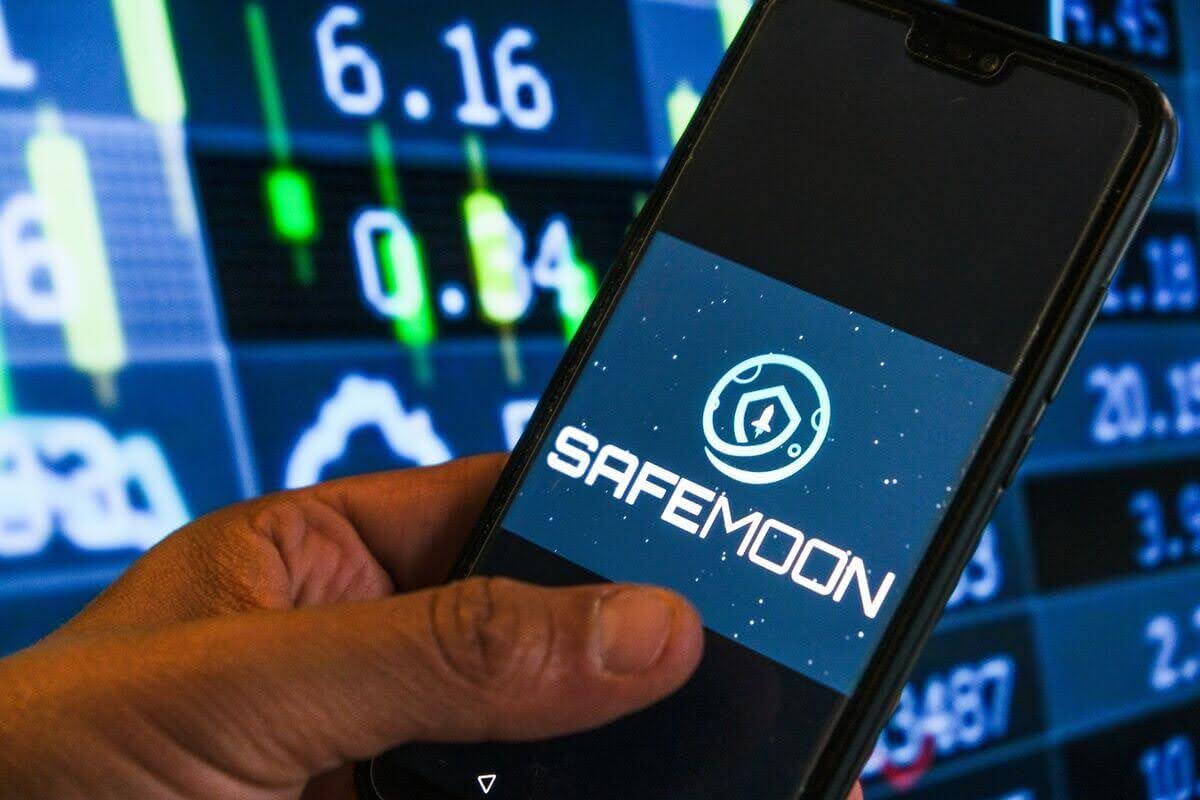Key Takeaways:
SafeMoon CEO Braden Karony convicted of wire fraud, securities fraud, and cash laundering.Over $9 million misappropriated from SafeMoon’s liquidity pool, used for luxurious vehicles and actual property.Market cap as soon as topped $8B, now a logo of how hype-fueled DeFi tasks can unravel into prison schemes.
In a landmark case that underscores the high-stakes dangers in crypto investing, Braden Karony—the CEO of SafeMoon—has been discovered responsible on all fees in a multi-million greenback fraud scheme. As soon as hailed as a DeFi success story, SafeMoon’s dramatic fall is now a cautionary story for buyers and regulators alike.

DeFi Big Turns Ponzi-Like Operation
SafeMoon launched in early 2021 amid the peak of the meme coin and DeFi craze. The token rapidly gained viral reputation, with superstar endorsements and guarantees of passive earnings by means of its auto-staking tax mannequin. At its peak, the mission reached a staggering $8 billion market cap and attracted thousands and thousands of holders globally.
However beneath the floor, federal prosecutors revealed a calculated plan of deception. Karony and his co-conspirators secretly retained full entry to the “locked” liquidity pool, which was promoted to buyers as safe and inaccessible to insiders. Moderately than supporting token stability, they diverted thousands and thousands of {dollars} from these swimming pools into private wallets.
Luxurious Way of life Funded by Stolen Crypto
In accordance with the U.S. Division of Justice, Karony used his entry to siphon over $9 million value of crypto, which he then laundered by means of complicated wallets and pseudonymous alternate accounts. The funds had been used to buy:
A $2.2 million dwelling in UtahDifferent residences in Utah and KansasA $277,000 Audi R8, further sports activities vehicles, and customized vehicles


This was no remoted operation. Prosecutors famous that Karony’s buying and selling exercise immediately contradicted SafeMoon’s public statements. Whereas advertising claimed no insider buying and selling, Karony and his workforce repeatedly purchased and bought tokens at market highs, profiting on the expense of retail buyers.
Learn Extra: Landmark Laws to Goal Crypto Fraud in New York State


The Phantasm of SafeMoon’s “Locked” Liquidity
A Deep Dive into the Deception
SafeMoon’s good contract included a ten% tax on all transactions—5% to be redistributed to holders and 5% to liquidity swimming pools. This mannequin attracted retail buyers looking for passive rewards, usually underneath the idea that builders couldn’t intrude with the locked funds.
Nonetheless, Karony and his associates manipulated this belief. They manually altered token pairings, extracted funds from swimming pools underneath the radar, and misrepresented SafeMoon’s decentralization. Primarily, the “protected” facet of SafeMoon was a advertising phantasm, and investor confidence was leveraged to run an inside money machine.
The mission’s social media and management continued to disclaim any insider buying and selling, whilst investigators now affirm Karony executed a number of hid trades, timed to maximise private earnings.
Learn Extra: Changpeng Zhao of Binance Denies Cash Laundering, Fraud Allegations Amid WSJ Claims
Ripple Results on Crypto Regulation and Belief
Karony’s conviction comes at a time when the U.S. crypto trade is getting extra consideration from regulators. This case makes authorities much more frightened about rug pulls, manipulating liquidity, and the dearth of openness in loads of DeFi ventures. It additionally provides the SEC and DOJ extra energy as they attempt to get stronger guidelines for the way digital property have to be dealt with.
One co-conspirator, Thomas Smith, has pleaded responsible and awaits sentencing. One other, Kyle Nagy—who additionally performed a key position in founding SafeMoon—stays a fugitive.
Karony, now convicted on all three federal fees, faces as much as 45 years in jail, marking one of the extreme penalties in crypto-related fraud so far.
A Turning Level for Crypto Oversight
The SafeMoon saga serves as a sobering lesson: flashy tokenomics and viral advertising can’t substitute reliable enterprise practices and investor protections. As enforcement catches up with innovation, the DeFi house could lastly be approaching its regulatory reckoning.








